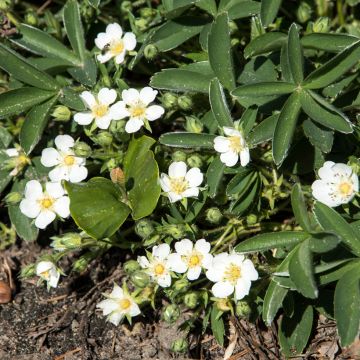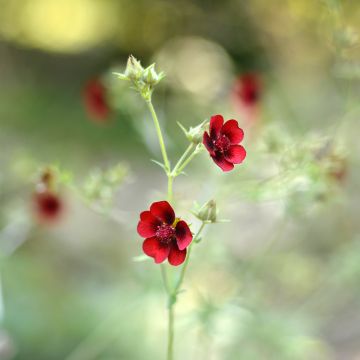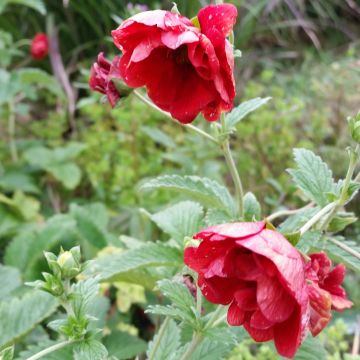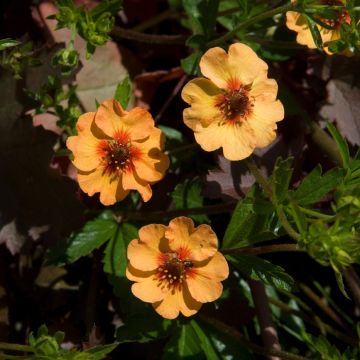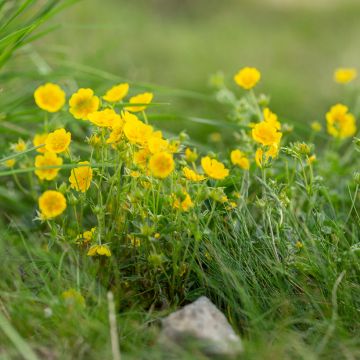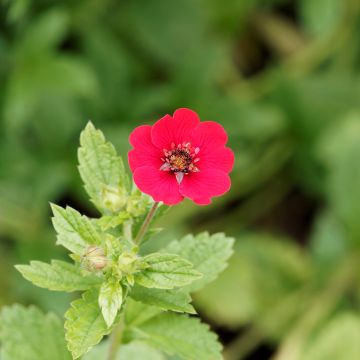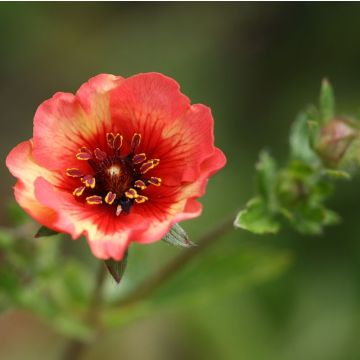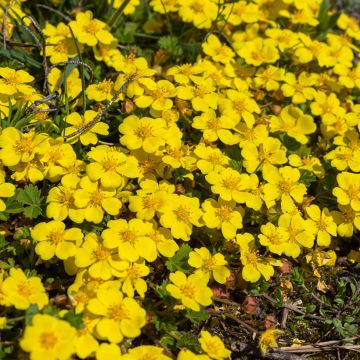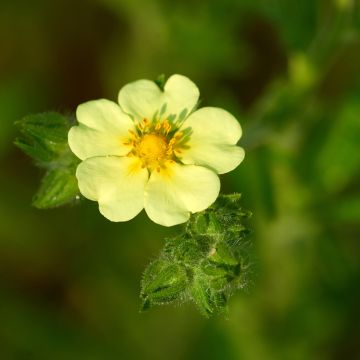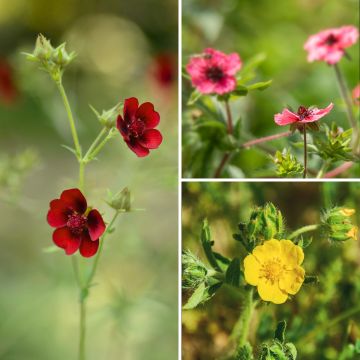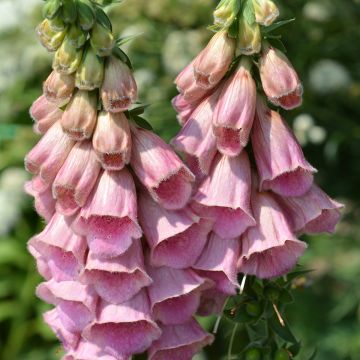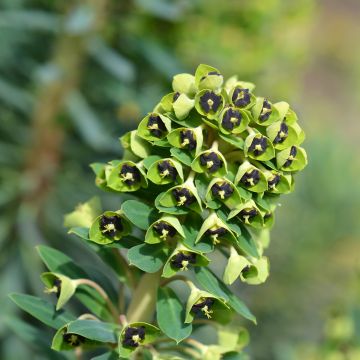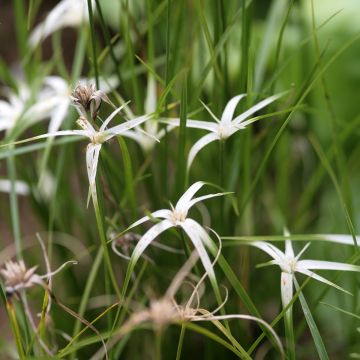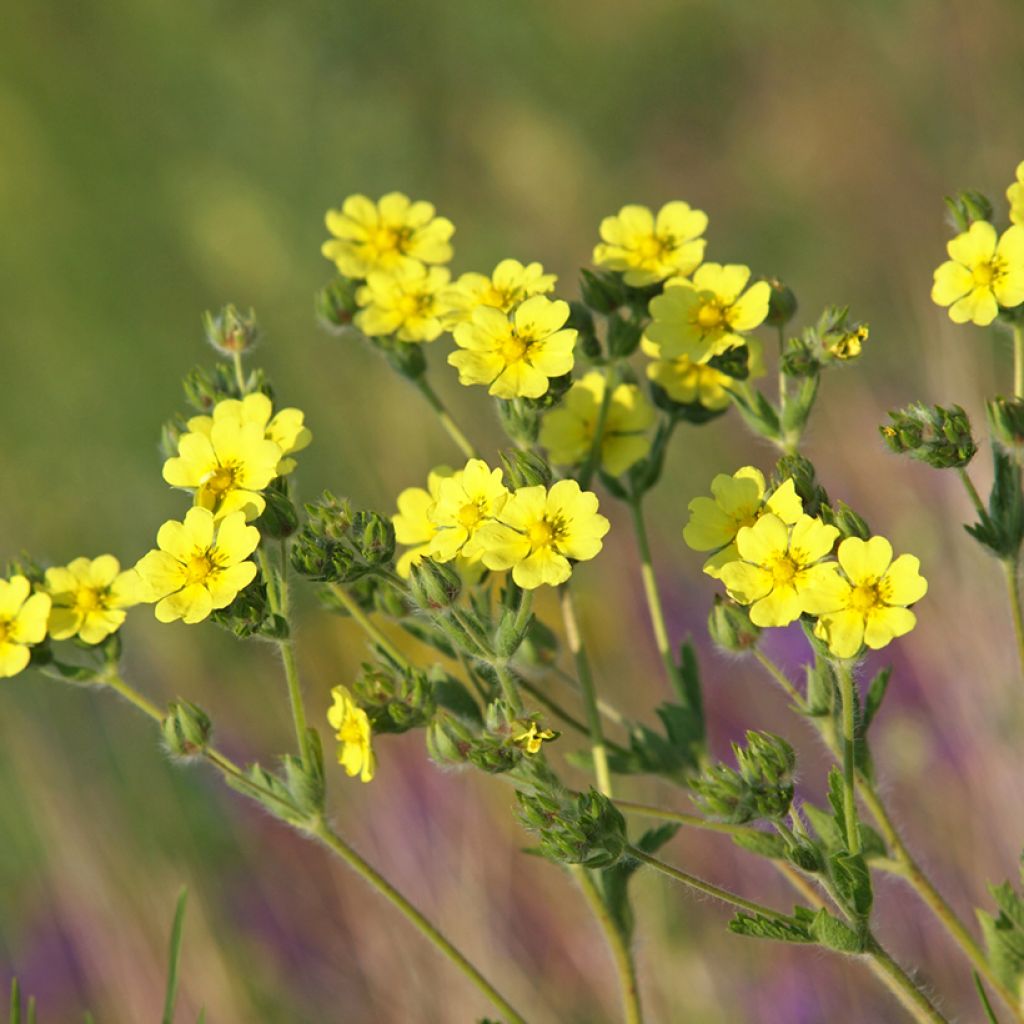

Potentilla recta Warrenii - Cinquefoil
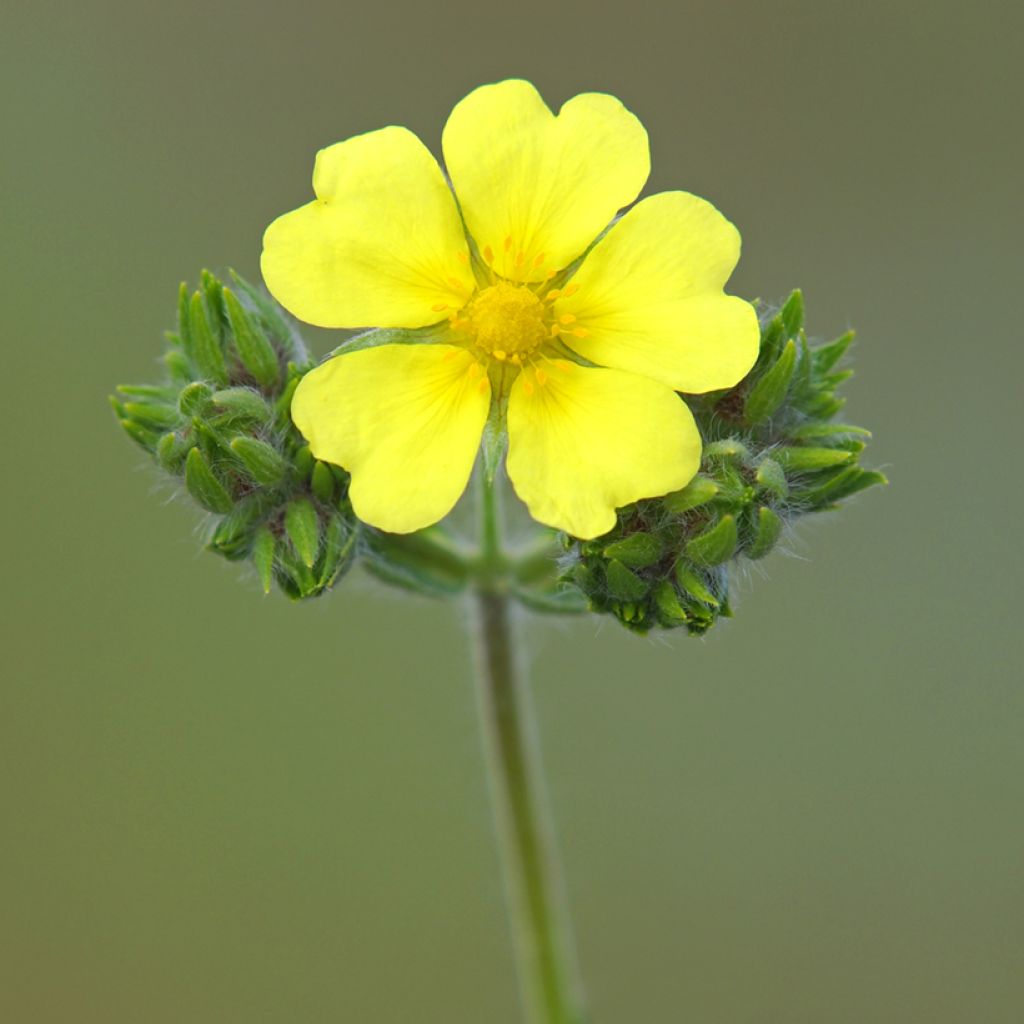

Potentilla recta Warrenii - Cinquefoil
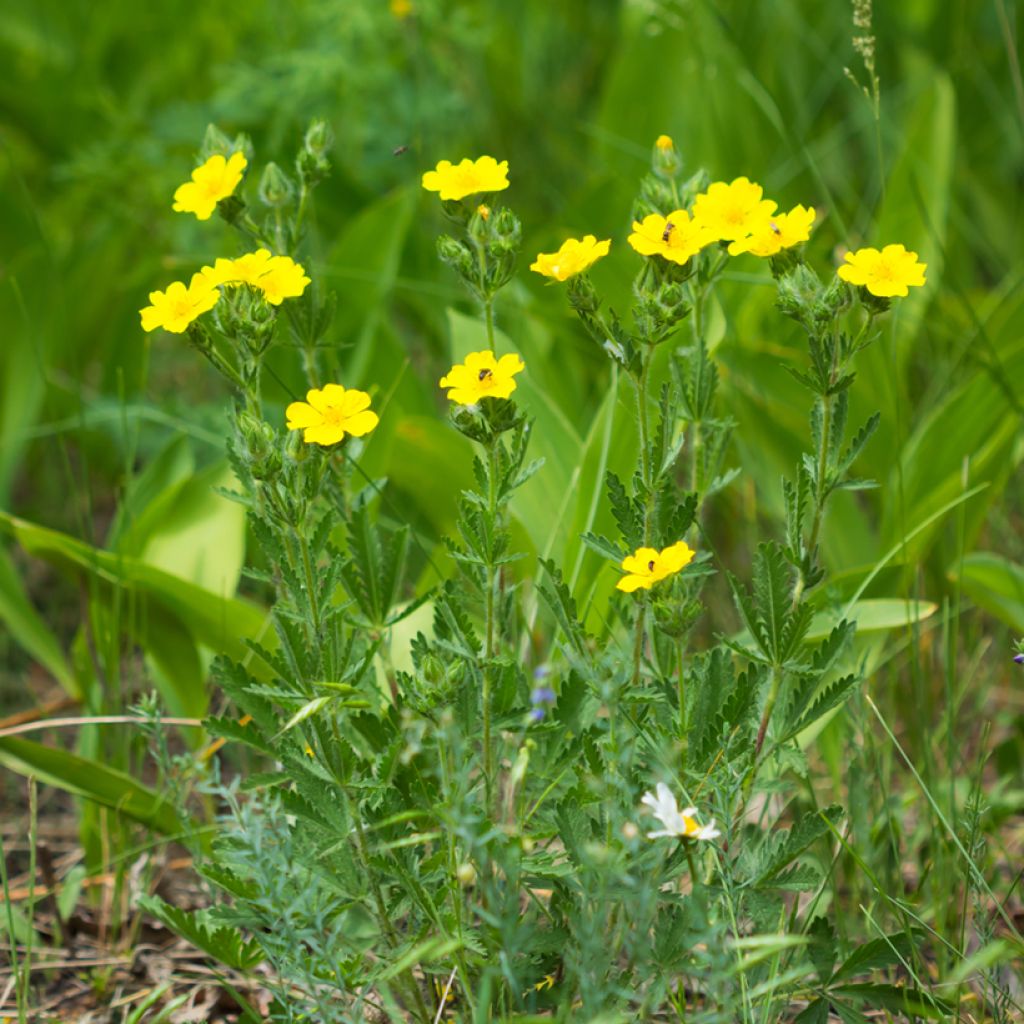

Potentilla recta Warrenii - Cinquefoil
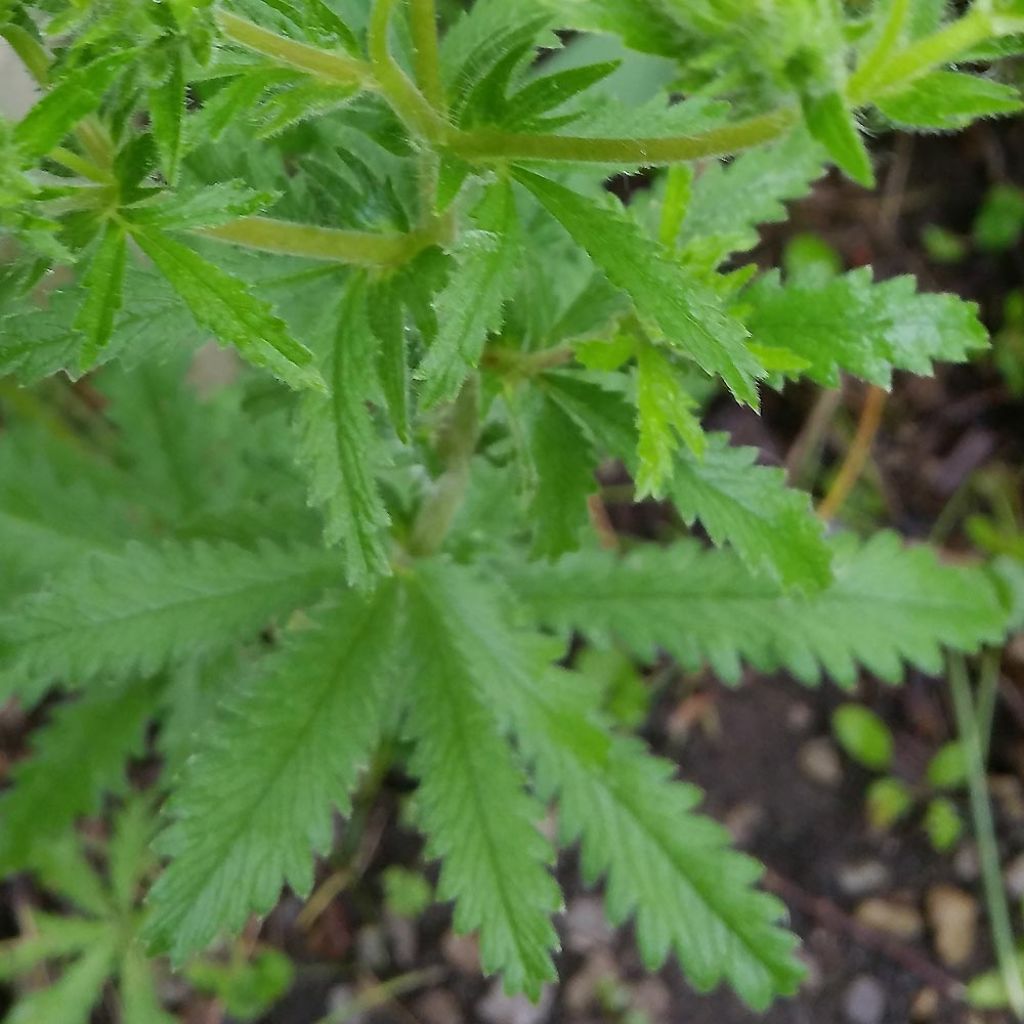

Potentilla recta Warrenii - Cinquefoil
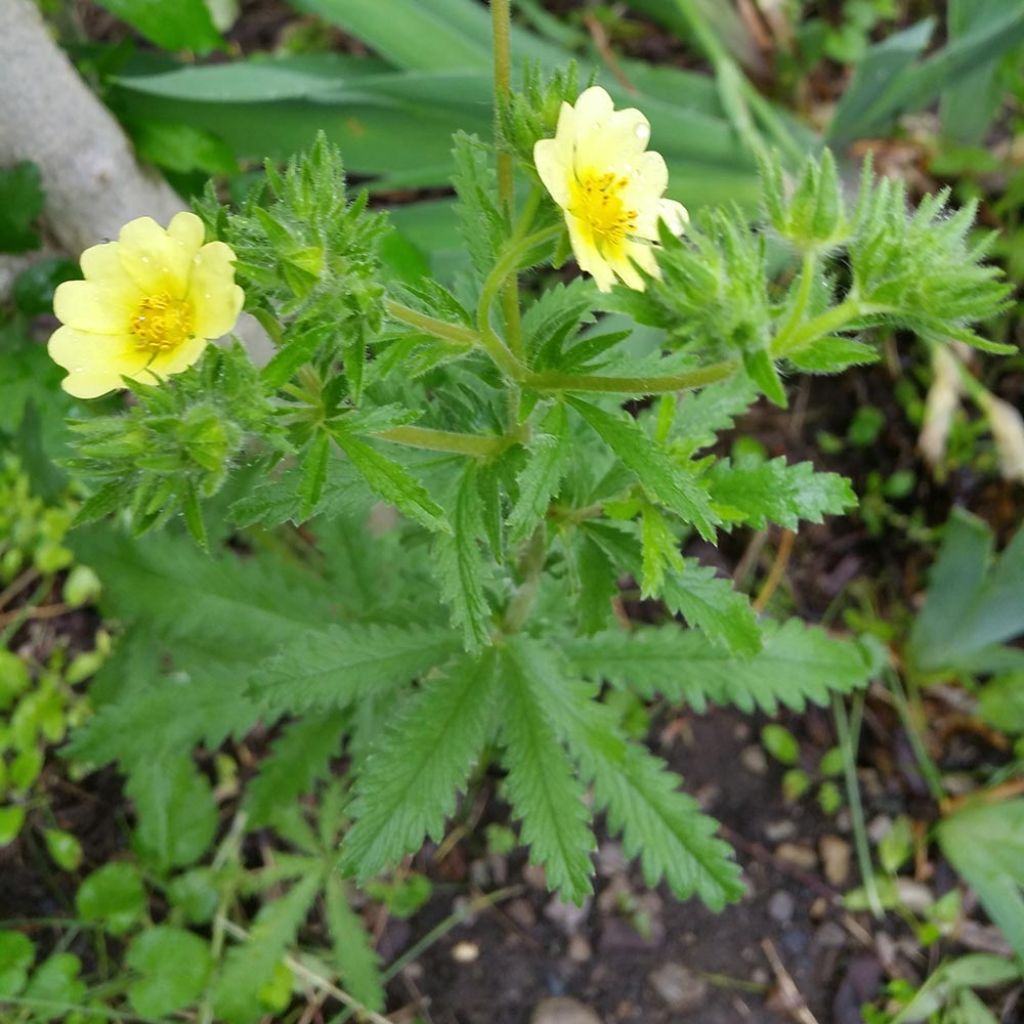

Potentilla recta Warrenii - Cinquefoil
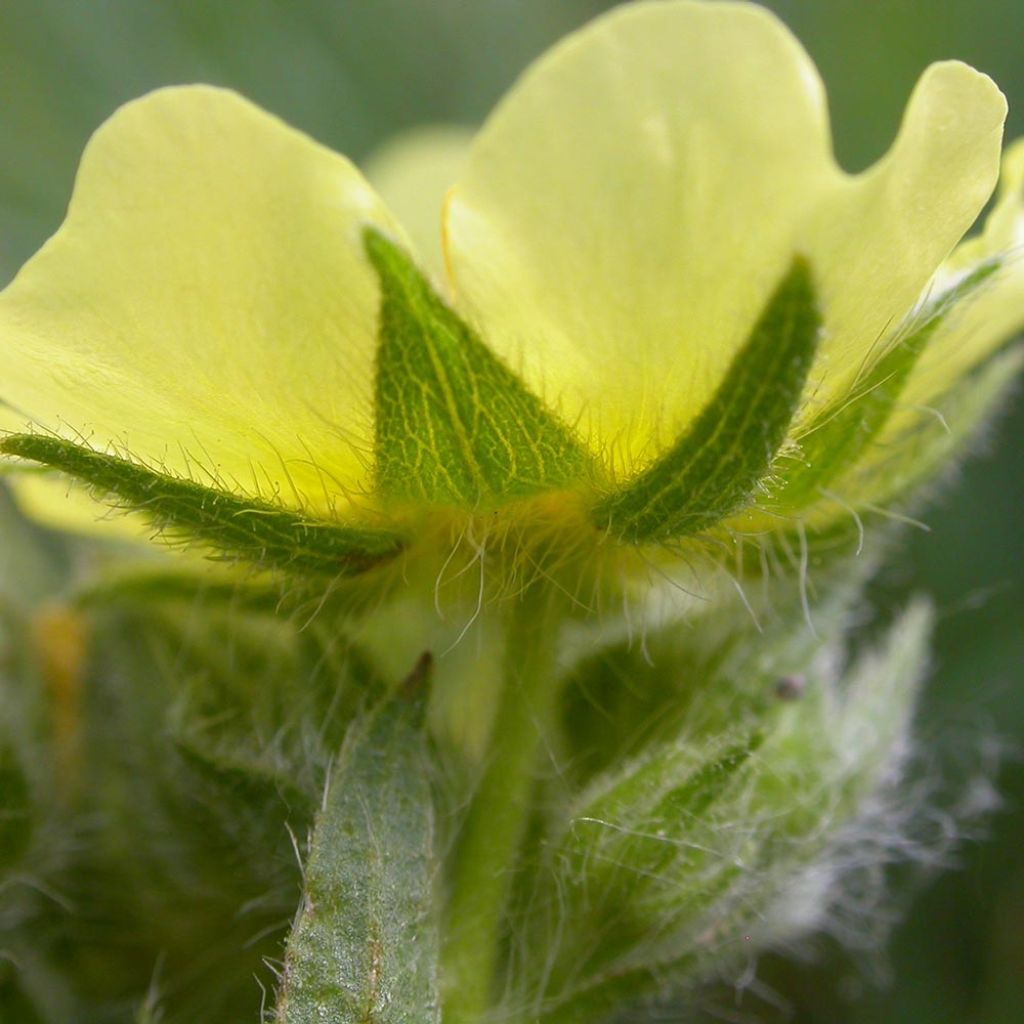

Potentilla recta Warrenii - Cinquefoil
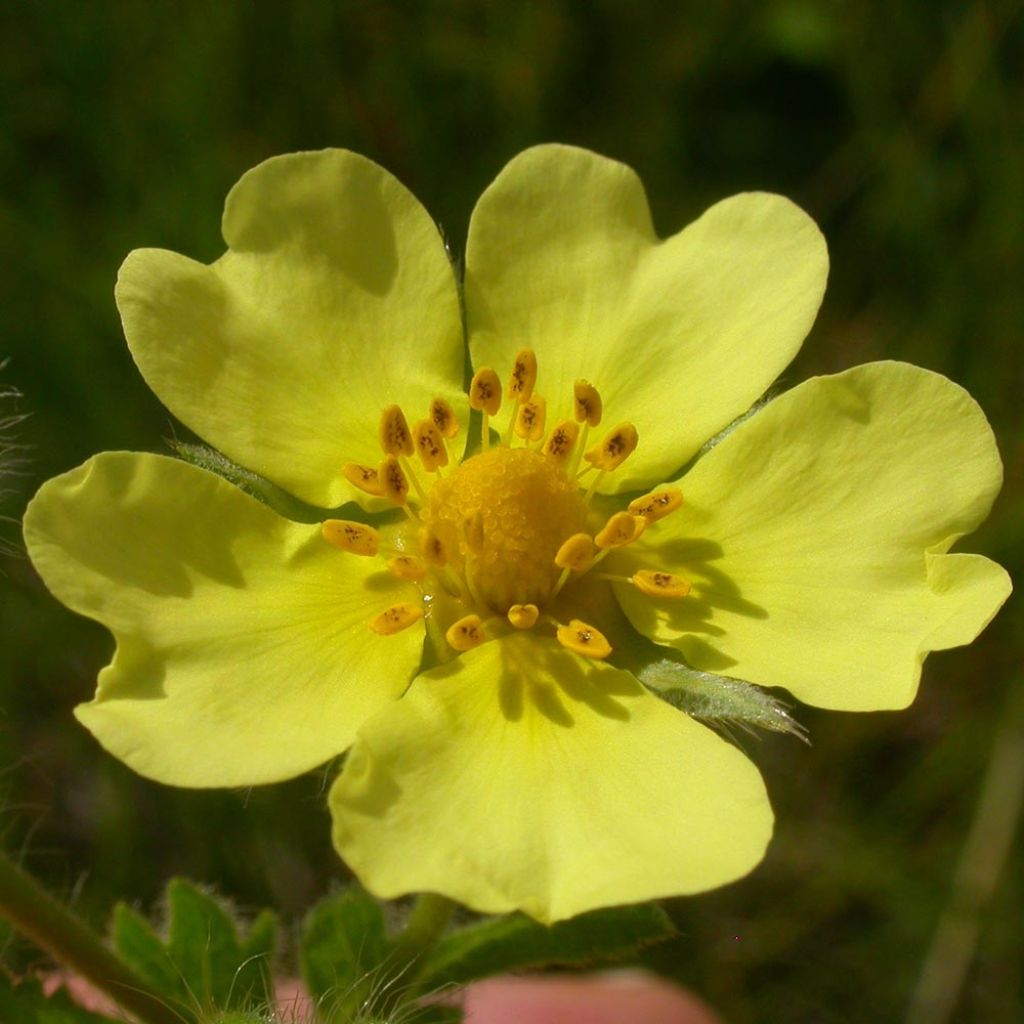

Potentilla recta Warrenii - Cinquefoil
Potentilla recta Warrenii - Cinquefoil
Potentilla recta Warrenii
Potentilla, Sulphur Cinquefoil
This item cannot be shipped to the selected country
Delivery charge from €5.90
More information
Schedule delivery date,
and select date in basket
This plant carries a 12 months recovery warranty
More information
We guarantee the quality of our plants for a full growing cycle, and will replace at our expense any plant that fails to recover under normal climatic and planting conditions.
From €5.90 for pickup delivery and €6.90 for home delivery
Express home delivery from €8.90.
Does this plant fit my garden?
Set up your Plantfit profile →
Description
Potentilla recta 'Warrenii' is a classic form of upright cinquefoil with grey-green, silky and highly dissected basal foliage, topped with inflorescences of large, spreading, bright yellow flowers. This easy-to-grow perennial brightens up gardens and balconies throughout the summer! It prefers ordinary, calcareous soils and sunny locations. It is a hardy, robust plant that thrives in well-drained to very dry soil. It fits perfectly into a wild garden, a flower border, or an unpretentious bed.
Potentilla recta (synonyms Potentilla adriatica, Potentilla crassa) belongs to the Rosaceae family. It is a herbaceous perennial plant with a woody base, native to dry areas of southern and central Europe, western Asia, and Algeria. It can be found growing wild on poor, limestone or sandy soil. It is worth noting that this species seems to tolerate partial shade better than most cinquefoils.
The 'Warrenii' cultivar develops upright and highly branched stems, forming a rounded and dense clump, measuring about 60 cm (24 in) in height and 50 cm (20 in) in width. Its foliage is persistent to varying degrees in winter, depending on the climate. With a lovely soft grey-green colour, it consists of leaves divided into 5 to 7 rectangular, strongly toothed leaflets, arranged alternately on the stems. The entire plant is covered with numerous small rough hairs and is sometimes slightly sticky. Flowering occurs from June to August. The flowers appear at the top of the branched stems, grouped in small clusters. They resemble small wild roses with 5 petals, 3 cm (1 in) in diameter, displaying a very bright canary-yellow colour.
The upright Warrenii cinquefoil is an adorable rock garden or border plant. The canary-yellow colour of its flowers harmonises with many other colours in the garden: the blue flowers of cornflowers, perennial geraniums, or globe thistles; the beautiful orange of Onagre Sunset Boulevard; or the red of Crocosmia Hellfire. It can also be associated with small grasses such as Pennisetum orientale, Heliotrichon (oat grass) and fescues, or mixed with simple perennials like cupid's dart (Catananche) and yarrows (Achillea Feurland) to create colourful and charming scenes.
.
Report an error about the product description
Potentilla recta Warrenii - Cinquefoil in pictures
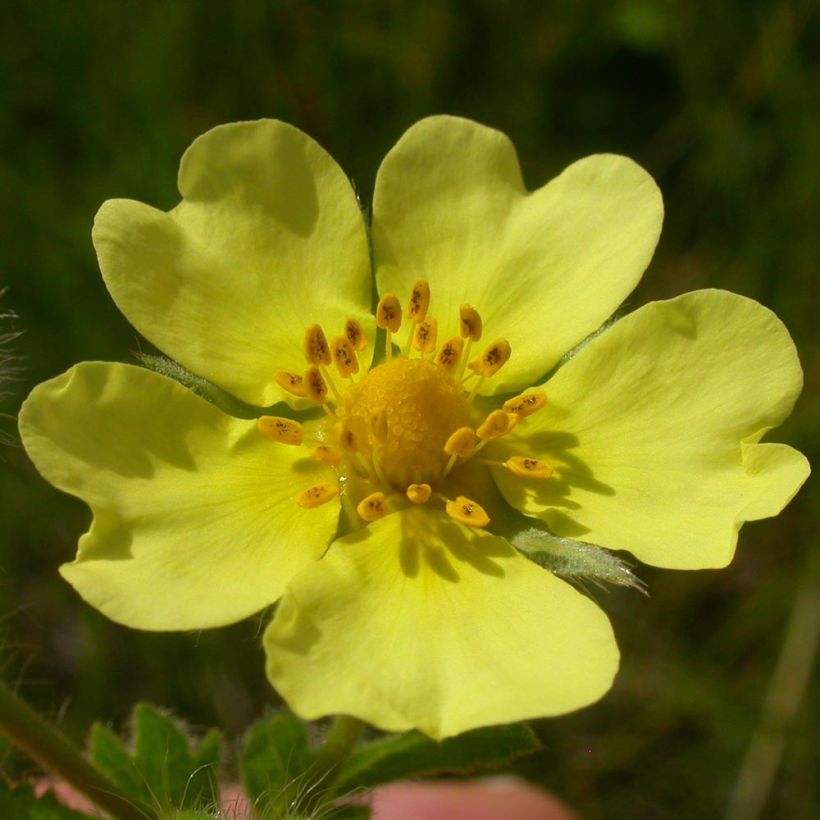

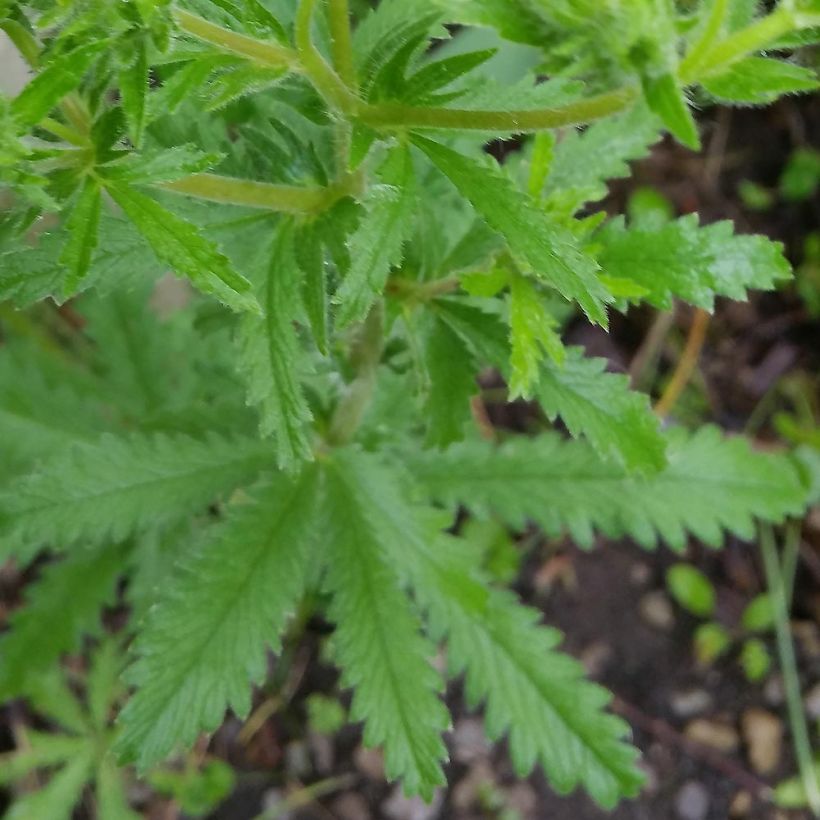

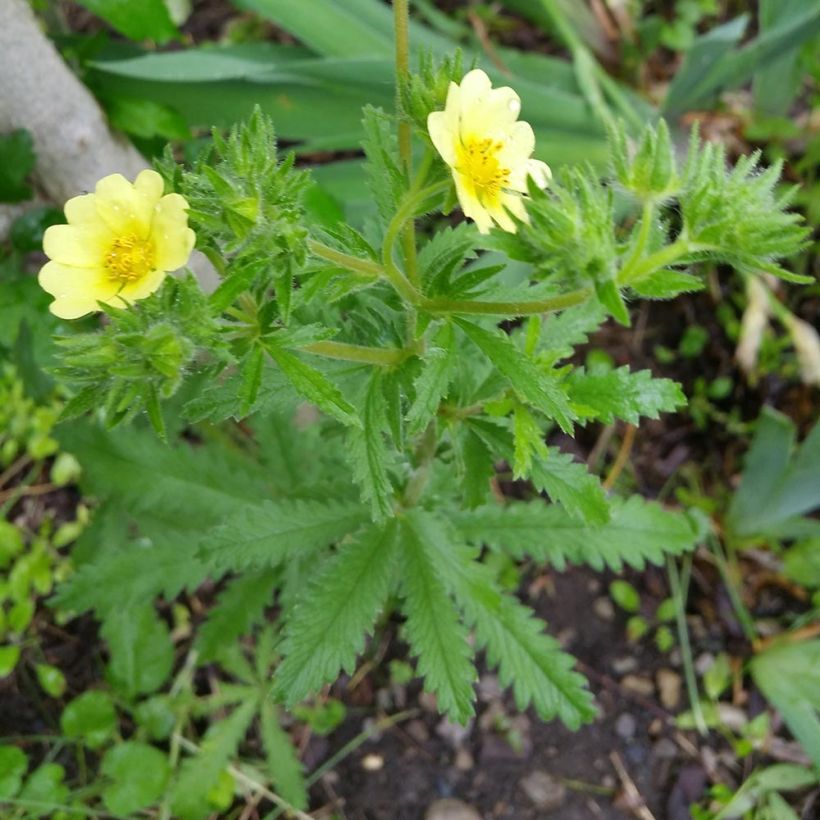

Flowering
Foliage
Plant habit
Botanical data
Potentilla
recta
Warrenii
Rosaceae
Potentilla, Sulphur Cinquefoil
Cultivar or hybrid
Other Perennial Potentilla
Planting and care
Potentilla recta Warrenii is a robust plant that is disease-free and easy to grow in well-drained soil. While it prefers poor and sandy soils with a tendency towards limestone, it is tolerant and can be planted in any ordinary soil that is lightened and drained, even if it is very dry in summer. This plant prefers sunny exposures but tolerates partial shade quite well. An east-southeast exposure or a shaded location during the hottest hours in a warm climate will be very suitable. Cut off faded flowers if you want to avoid spontaneous sowings in light soil. This potentilla has no specific enemies in our gardens and never becomes invasive. It decorates bare spaces in poor and dry soil where no decorative plant can thrive!
Planting period
Intended location
Care
This item has not been reviewed yet - be the first to leave a review about it.
Summer flowering perennials
Haven't found what you were looking for?
Hardiness is the lowest winter temperature a plant can endure without suffering serious damage or even dying. However, hardiness is affected by location (a sheltered area, such as a patio), protection (winter cover) and soil type (hardiness is improved by well-drained soil).

Photo Sharing Terms & Conditions
In order to encourage gardeners to interact and share their experiences, Promesse de fleurs offers various media enabling content to be uploaded onto its Site - in particular via the ‘Photo sharing’ module.
The User agrees to refrain from:
- Posting any content that is illegal, prejudicial, insulting, racist, inciteful to hatred, revisionist, contrary to public decency, that infringes on privacy or on the privacy rights of third parties, in particular the publicity rights of persons and goods, intellectual property rights, or the right to privacy.
- Submitting content on behalf of a third party;
- Impersonate the identity of a third party and/or publish any personal information about a third party;
In general, the User undertakes to refrain from any unethical behaviour.
All Content (in particular text, comments, files, images, photos, videos, creative works, etc.), which may be subject to property or intellectual property rights, image or other private rights, shall remain the property of the User, subject to the limited rights granted by the terms of the licence granted by Promesse de fleurs as stated below. Users are at liberty to publish or not to publish such Content on the Site, notably via the ‘Photo Sharing’ facility, and accept that this Content shall be made public and freely accessible, notably on the Internet.
Users further acknowledge, undertake to have ,and guarantee that they hold all necessary rights and permissions to publish such material on the Site, in particular with regard to the legislation in force pertaining to any privacy, property, intellectual property, image, or contractual rights, or rights of any other nature. By publishing such Content on the Site, Users acknowledge accepting full liability as publishers of the Content within the meaning of the law, and grant Promesse de fleurs, free of charge, an inclusive, worldwide licence for the said Content for the entire duration of its publication, including all reproduction, representation, up/downloading, displaying, performing, transmission, and storage rights.
Users also grant permission for their name to be linked to the Content and accept that this link may not always be made available.
By engaging in posting material, Users consent to their Content becoming automatically accessible on the Internet, in particular on other sites and/or blogs and/or web pages of the Promesse de fleurs site, including in particular social pages and the Promesse de fleurs catalogue.
Users may secure the removal of entrusted content free of charge by issuing a simple request via our contact form.
The flowering period indicated on our website applies to countries and regions located in USDA zone 8 (France, the United Kingdom, Ireland, the Netherlands, etc.)
It will vary according to where you live:
- In zones 9 to 10 (Italy, Spain, Greece, etc.), flowering will occur about 2 to 4 weeks earlier.
- In zones 6 to 7 (Germany, Poland, Slovenia, and lower mountainous regions), flowering will be delayed by 2 to 3 weeks.
- In zone 5 (Central Europe, Scandinavia), blooming will be delayed by 3 to 5 weeks.
In temperate climates, pruning of spring-flowering shrubs (forsythia, spireas, etc.) should be done just after flowering.
Pruning of summer-flowering shrubs (Indian Lilac, Perovskia, etc.) can be done in winter or spring.
In cold regions as well as with frost-sensitive plants, avoid pruning too early when severe frosts may still occur.
The planting period indicated on our website applies to countries and regions located in USDA zone 8 (France, United Kingdom, Ireland, Netherlands).
It will vary according to where you live:
- In Mediterranean zones (Marseille, Madrid, Milan, etc.), autumn and winter are the best planting periods.
- In continental zones (Strasbourg, Munich, Vienna, etc.), delay planting by 2 to 3 weeks in spring and bring it forward by 2 to 4 weeks in autumn.
- In mountainous regions (the Alps, Pyrenees, Carpathians, etc.), it is best to plant in late spring (May-June) or late summer (August-September).
The harvesting period indicated on our website applies to countries and regions in USDA zone 8 (France, England, Ireland, the Netherlands).
In colder areas (Scandinavia, Poland, Austria...) fruit and vegetable harvests are likely to be delayed by 3-4 weeks.
In warmer areas (Italy, Spain, Greece, etc.), harvesting will probably take place earlier, depending on weather conditions.
The sowing periods indicated on our website apply to countries and regions within USDA Zone 8 (France, UK, Ireland, Netherlands).
In colder areas (Scandinavia, Poland, Austria...), delay any outdoor sowing by 3-4 weeks, or sow under glass.
In warmer climes (Italy, Spain, Greece, etc.), bring outdoor sowing forward by a few weeks.

































